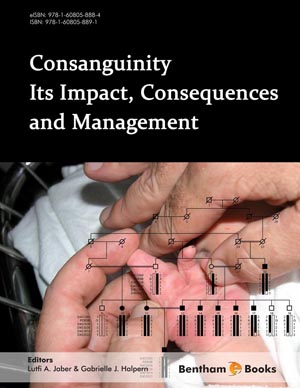Abstract
The term "consanguinity" refers to relationship by descent from the same ancestor and means the amount of shared (identical) DNA. The term "consanguineous marriage" refers to unions between biologically related individuals. This chapter explores the historical, legal and religious aspects of consanguinity and discusses genetic aspects including population genetics and molecular genetics. The types of consanguineous unions allowed vary between different countries, and different religions have different traditions regarding which consanguineous unions are allowed. The main reasons for the continuation of consanguineous marriages are social and economic. People who share a recent common ancestor share more than 99.5% of their DNA; the closer the relatives are the more DNA they share. Once the relationship is between fourth cousins, the original amount of shared DNA reverts to the basic amount of 99.5%. Inbreeding is measured by the inbreeding coefficient, F, which is the probability that two genes at any locus in one individual have been inherited from a common ancestor. Many genetic diseases are recessive, meaning only people who inherit two abnormal genes for the same disease, one from each parent, will develop the disease. Since close relatives have more genes in common than unrelated individuals, there is an increased chance that parents who are closely related will carry the same disease genes and thus have an affected child.
Keywords: Autosomal recessive diseases, consanguineous marriages, cousins, DNA, forbidden marriages, genes, inbreeding, mutations, religion.






















